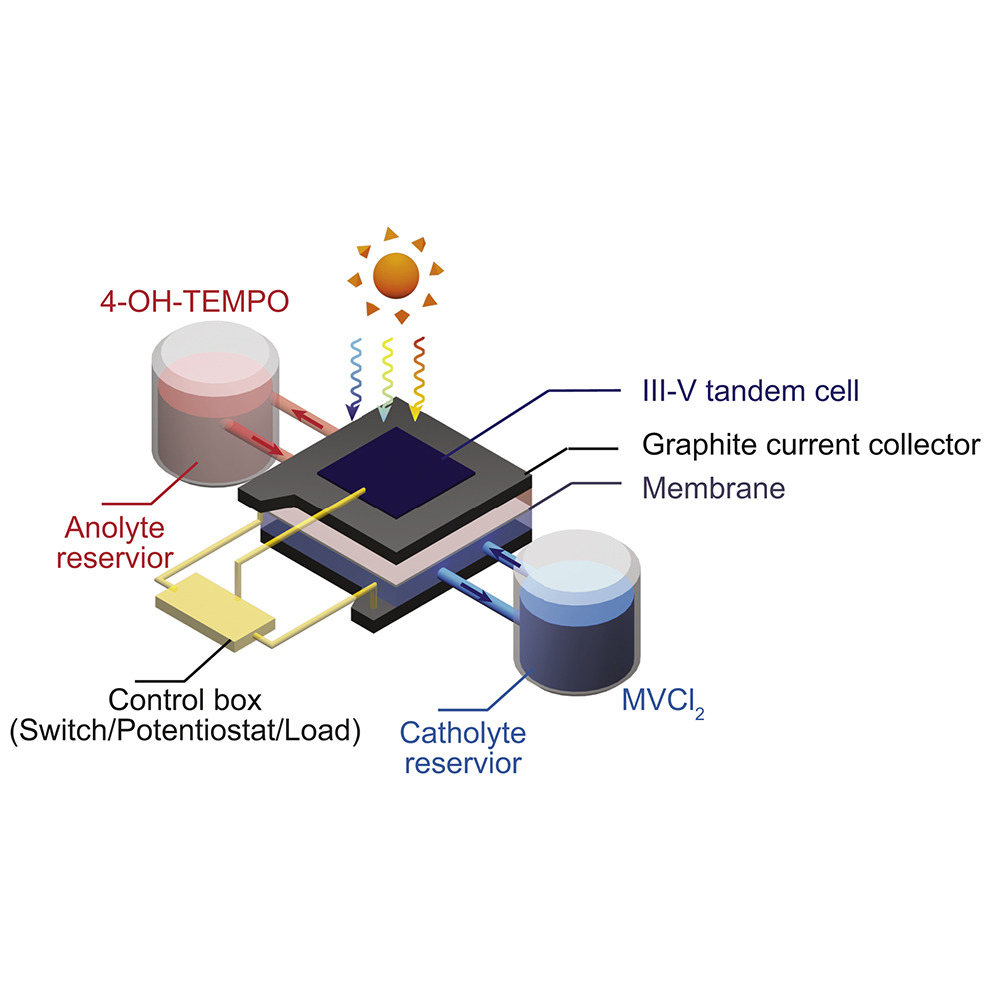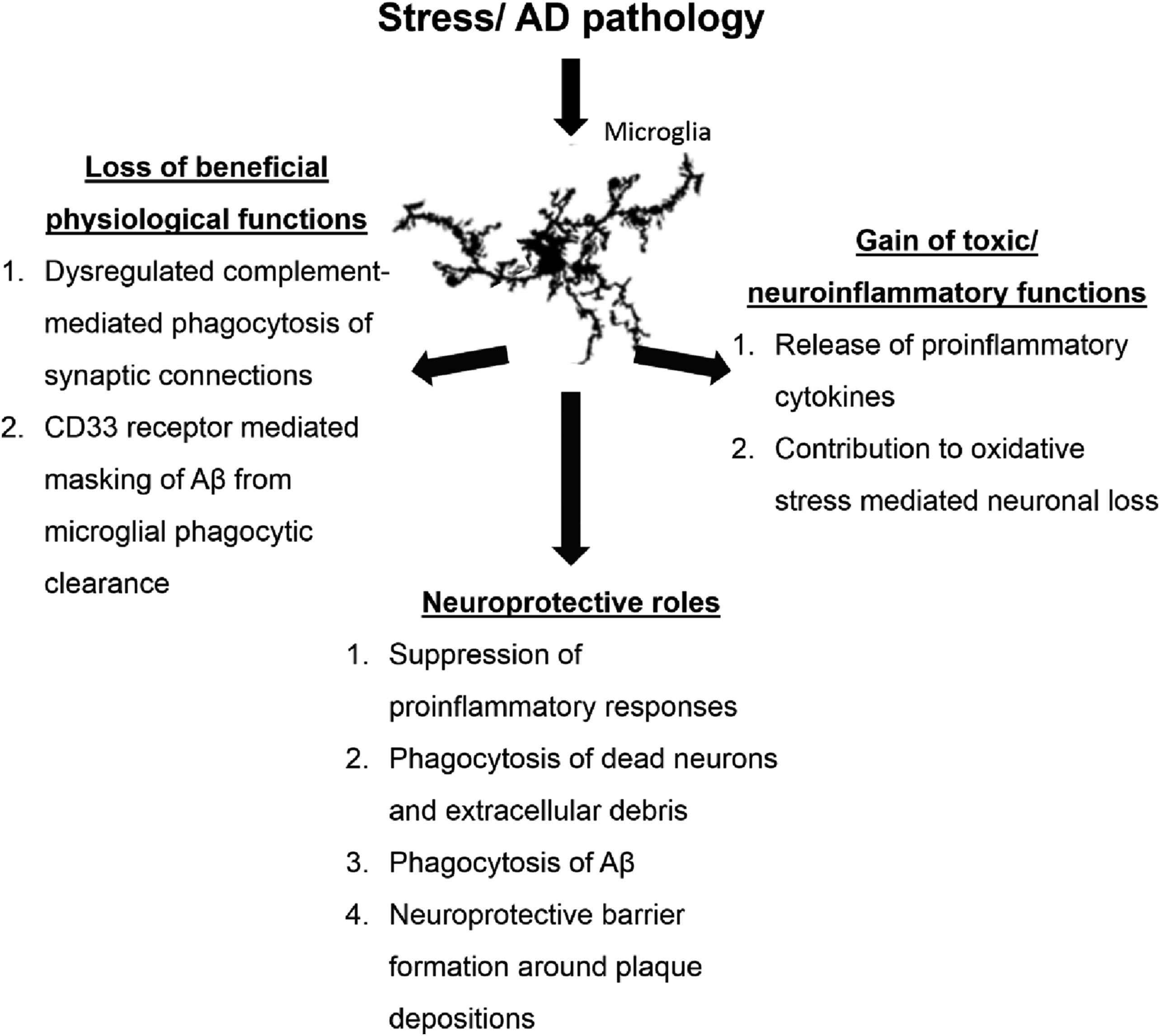Elsevier, Energy Reports, Volume 4, November 2018
The efficiency and power output of a PV module decrease at the peak of sunlight due to energy loss as heat energyand this reduces the module power output. Multi-concept cooling technique, a concept that involves three types of passive cooling, namely conductive cooling, air passive cooling and water passive cooling has the potential to tackle this challenge.
Elsevier, Chem, Volume 4, 8 November 2018
Challenges posed by the intermittency of solar energy source necessitate the integration of solar energy conversion with scalable energy storage systems. The monolithic integration of photoelectrochemical solar energy conversion and electrochemical energy storage offers an efficient and compact approach toward practical solar energy utilization. Here, we present the design principles for and the demonstration of a highly efficient integrated solar flow battery (SFB) device with a record solar-to-output electricity efficiency of 14.1%.
Elsevier, Marine Pollution Bulletin, Volume 136, November 2018
Increasing accessibility of coral reefs from the latter third of the 20th century led quickly to recognition of the vulnerability of coral reef communities to a combination of direct and indirect human impacts. Coral reefs are confronted by the stark threats of climate and ocean changes from the increasing number, intensity and forms of human use impacting global and marine systems. Management, particularly of accessible coral reefs, occurs in the context of multiple scale transboundary water column linkages of lifecycle processes and increasing human use of coastal and marine space.
Elsevier, TrAC - Trends in Analytical Chemistry, Volume 108, November 2018
Microplastics pollution in aquatic ecosystems has aroused increasing global concern, leading to an explosive growth of studies regarding microplastics published in the past few years. To date, there is still a lack of standardized methodologies used for the detection of microplastics within environmental samples, thus hampering comparison of the reported data.
Elsevier, Pedobiologia, Volume 71, November 2018
Ectomycorrhizal (ECM) fungi are crucial in the functioning of most forest ecosystems. Increased understanding of ECM symbiosis has led to numerous advancements in environment protection and forestry. The ECM fungi are a diverse group, both phylogenetically and functionally. Research covering their community structure on distinct sites shows that the presence of certain taxa depends on particular stand traits, such as tree species and age structure.
Elsevier, Neurobiology of Stress, Volume 9, November 2018
Microglia are the predominant immune cells of the central nervous system (CNS) that exert key physiological roles required for maintaining CNS homeostasis, notably in response to chronic stress, as well as mediating synaptic plasticity, learning and memory. The repeated exposure to stress confers a higher risk of developing neurodegenerative diseases including sporadic Alzheimer's disease (AD).
Elsevier, Neurobiology of Stress, Volume 9, November 2018
Exercise has been shown to reduce the risk of developing Mild Cognitive Impairment and Alzheimer's disease as well as to improve cognition in healthy and cognitively impaired individuals. However, the mechanisms of these benefits are not well understood. The stress hypothesis suggests that the cognitive benefits attributed to exercise may partially be mediated by changes in the cortisol secretion pattern.


